According to a VNA correspondent in Oceania, in the context of the electrification process accelerating strongly in Australia, a new study from the Australian National University (ANU) shows that popular devices such as electric cars and water heaters can play an important role in optimizing the national grid system, while helping cities become flexible energy storage centers.
According to research, if used intelligently, these devices can significantly reduce the load on the grid, especially during peak hours, thereby limiting the need to upgrade electrical infrastructure at a cost of up to billions of dollars.
Electrification in Australia, including replacing petrol cars with electric vehicles (EVs) and gas hot water systems with heat pumps, is expected to double electricity demand by 2050.
While this raises concerns about the risk of overloading the grid, ANU research suggests that electrification devices themselves are the "key" to solving the energy problem.
In a fully electrified society, each person could own an average of around 46 kWh of energy storage from EV batteries and hot water systems – equivalent to a total storage capacity of more than 1,000 GWh nationwide.
This figure is nearly three times the total capacity of the Snowy 2.0 pumped storage hydro project and all of Australia's current large-scale battery systems combined.
But as more and more Australians make the switch, they are quietly expanding a massive distributed energy storage network.
In a fully electrified future, each resident could own an average of around 46 kWh of energy storage – both in EV batteries and hot water systems.
Nationwide, this storage capacity could reach more than 1,000 GWh – more than the combined capacity of the Snowy 2.0 hydro project and all current grid battery systems.
These devices can help reduce pressure on the grid if used flexibly, such as charging and heating during off-peak hours. The grid needs to constantly maintain a balance between supply and demand, so storage sources like EVs and electric water heaters can help regulate the system more efficiently.
Canberra will be powered by 100% renewable energy from 2020. The ACT government has set a target of net zero emissions by 2045.
Research shows this target is more achievable if EVs and water heaters are used intelligently: changing charging and heating times could shift around 5 kWh/day/person – equivalent to a third of average electricity consumption.
Without coordination, peak loads can increase by as much as 34%. But if switched to nighttime use, the load increase is only 16%, saving significant costs in upgrading the grid.
Storage resources are concentrated in “hotspots” – densely populated areas with lots of EVs and hot water tanks.
These points change over time, for example during the day EVs are concentrated in office areas. Storage capacity can increase by 31% in some districts during working hours.
Installing smart chargers and implementing “virtual power plants” – which coordinate the use of devices – can help make efficient use of storage resources and save costs. Timing use to match the times when solar power is abundant will limit the waste of renewable electricity.
The benefits of this new storage source will not automatically materialize without the right systems and policies. Although technology such as smart chargers and virtual power plants are available, most households still do not have access to them. Electricity prices are still rigid and do not reflect actual supply and demand.
To fully exploit the potential of this massive new energy storage resource, federal and state governments and energy companies should encourage widespread use of smart chargers and smart water heaters in buildings; expand dynamic pricing programs that better reflect real-time supply and demand to help shift electricity use to off-peak periods; focus on deploying workplace EV chargers in high-density areas to boost charging during peak solar periods; and develop smart energy systems that can aggregate appliances in individual homes into a large-scale grid-supporting fleet.
As Australia becomes increasingly electrified, cities are becoming not just energy consumers, but also flexible energy hubs, capable of helping to balance supply and demand.
Used wisely, humble electric water heaters and electric vehicles can do more than meet household needs – they could help power Australia’s clean energy future./.
Source: https://www.vietnamplus.vn/australia-tan-dung-xe-dien-va-binh-nuoc-nong-lam-pin-nang-luong-quoc-gia-post1051319.vnp


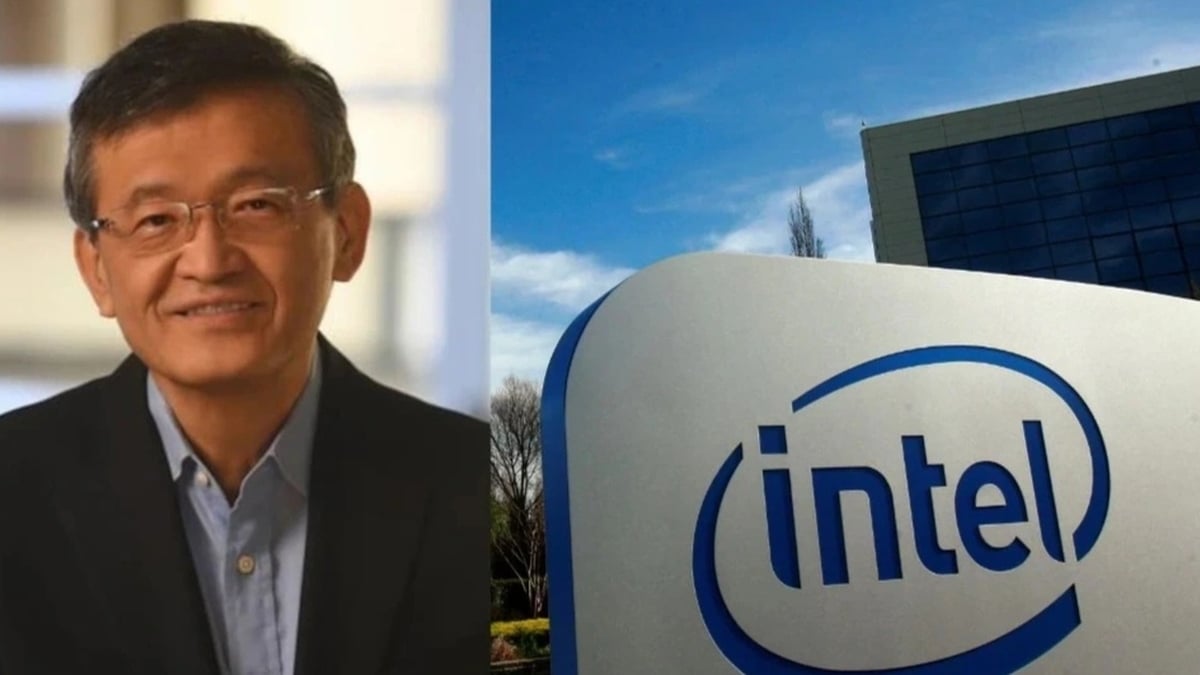
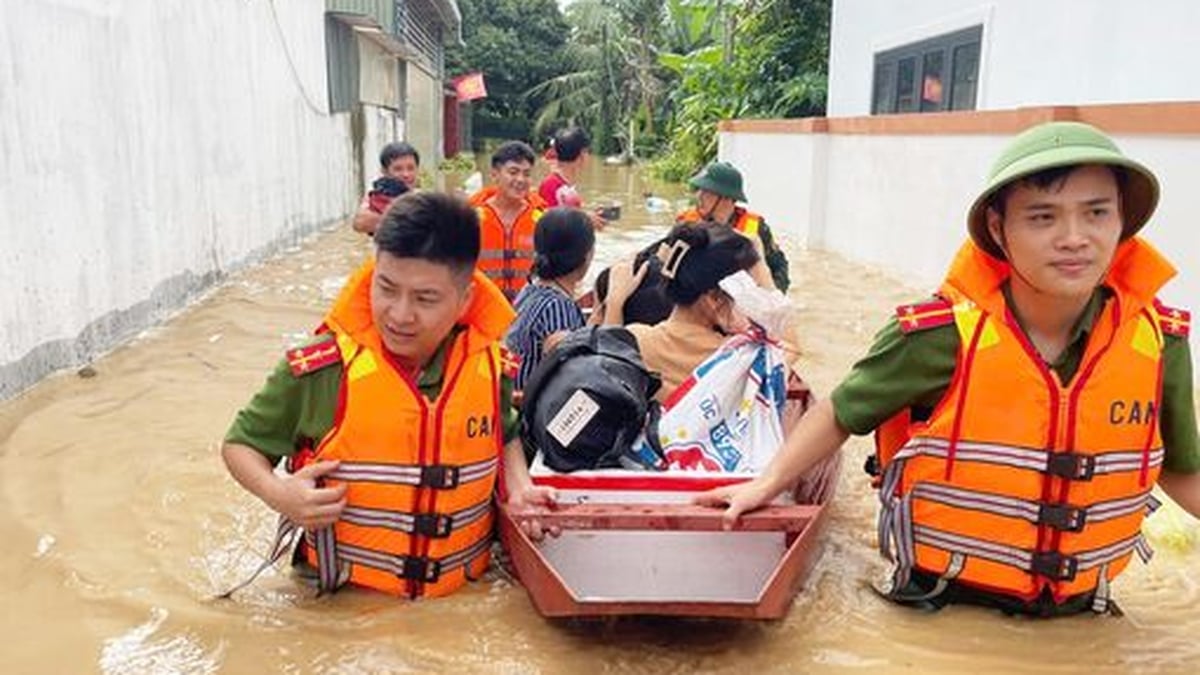
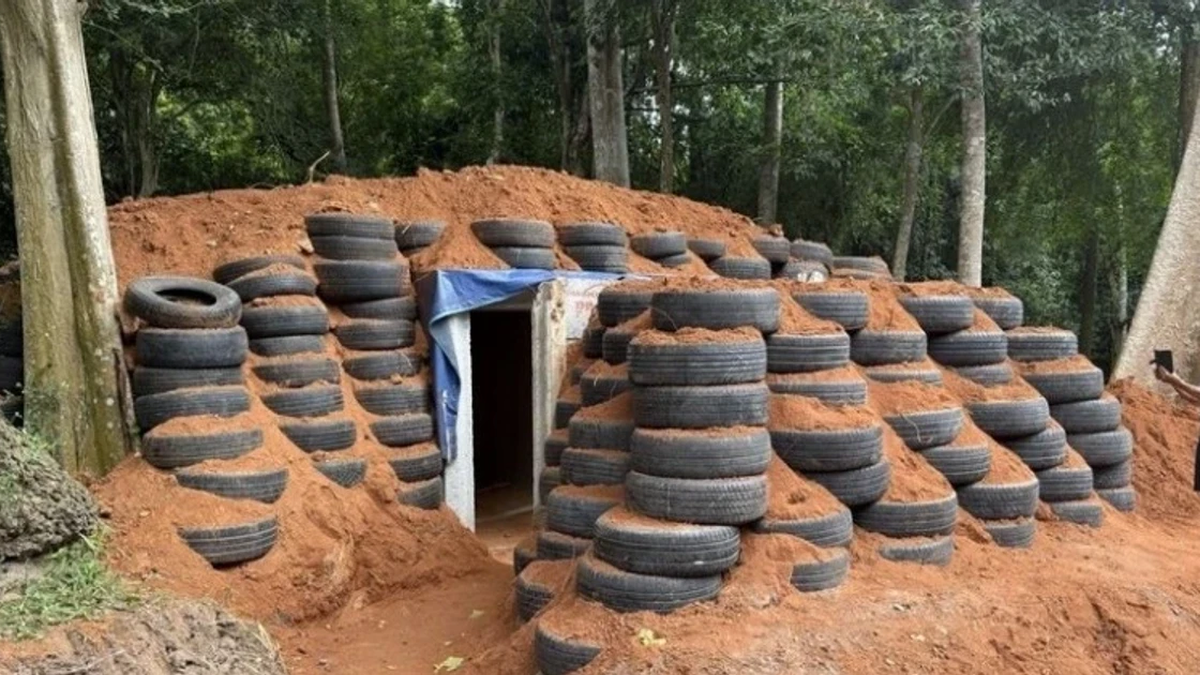

![[Video] Many universities lower their minimum scores: Be careful with “low scores, high standards”](https://vphoto.vietnam.vn/thumb/1200x675/vietnam/resource/IMAGE/2025/7/25/f91e64a5fa2c4a86a3b57997e5b263fc)
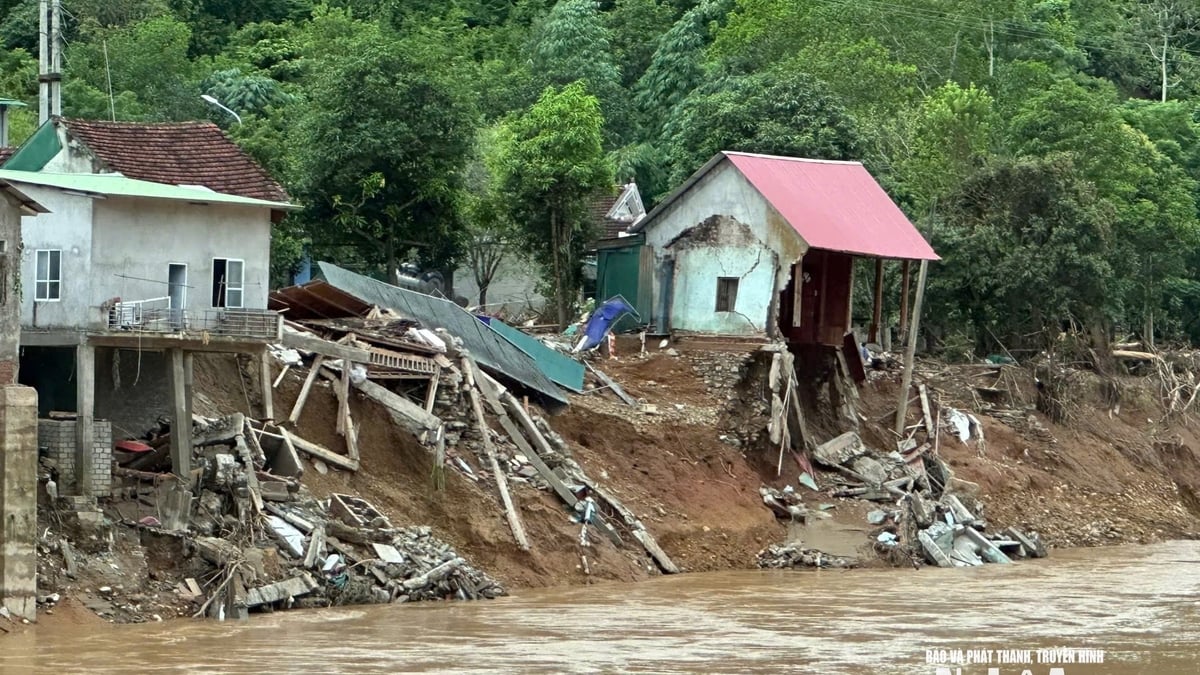

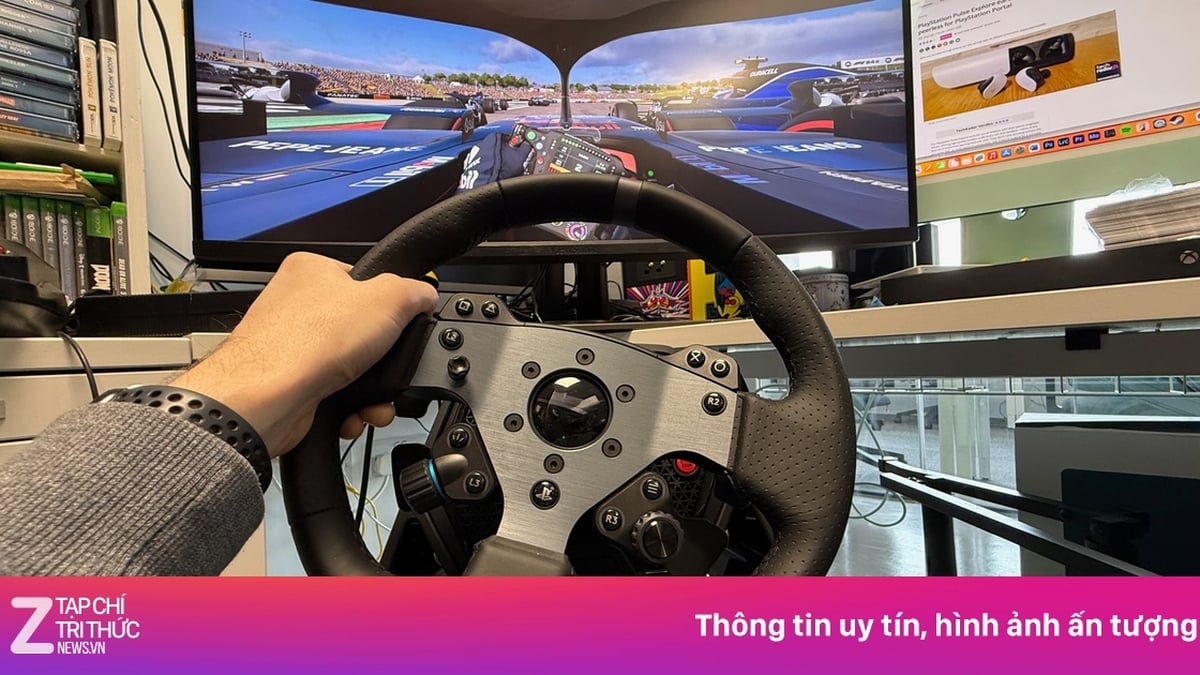














![[Photo] Signing of cooperation between ministries, branches and localities of Vietnam and Senegal](https://vphoto.vietnam.vn/thumb/1200x675/vietnam/resource/IMAGE/2025/7/24/6147c654b0ae4f2793188e982e272651)







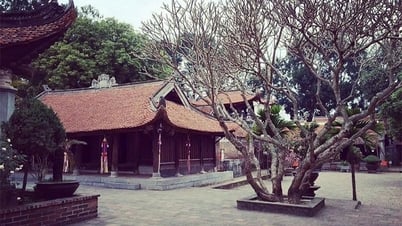







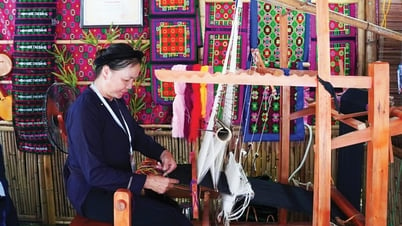

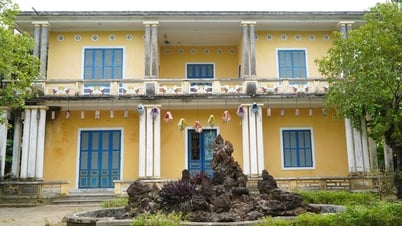













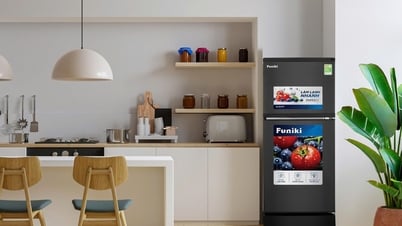

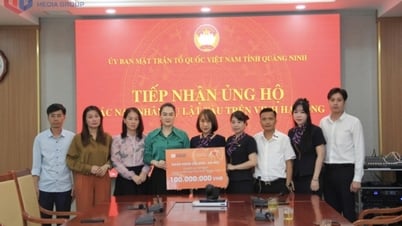





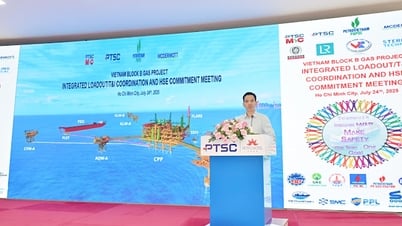


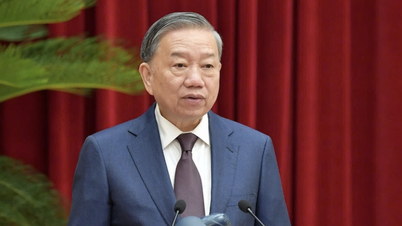


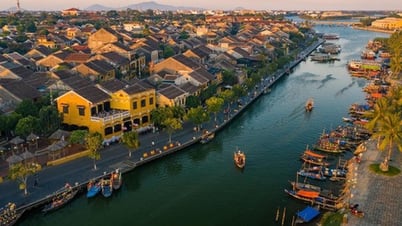


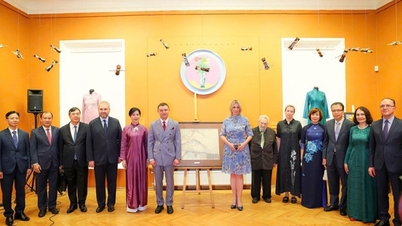





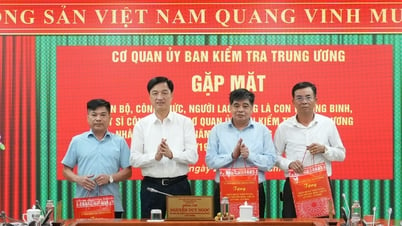

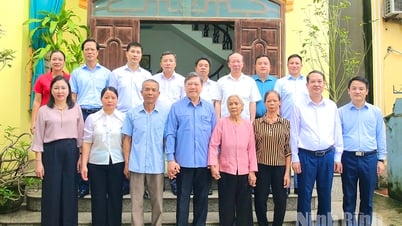









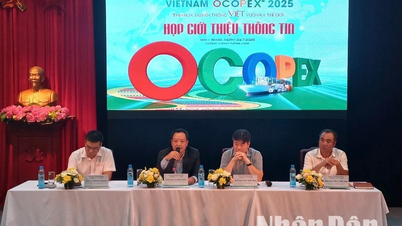
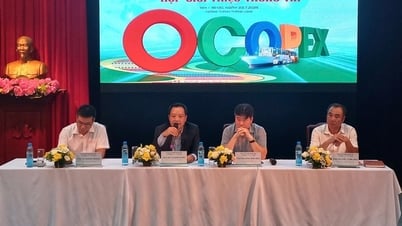










Comment (0)